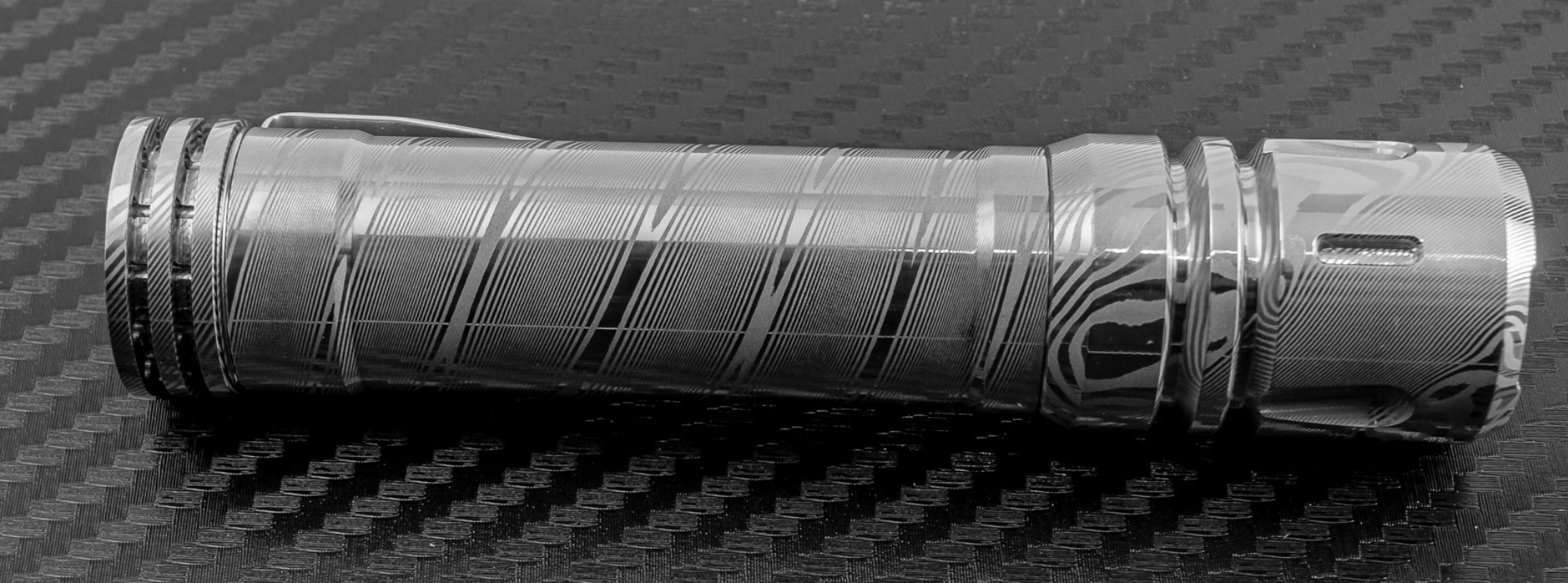Today I have a bit of a speciality charger from Xtar the BC4. It’s a charger that’s designed for use with 1.5V lithium ion batteries and NiHM rechargeable batteries. It fits both AA and AAA sizes, has 4 bays and features USB-C as an input. Thanks to Xtar for sending this too me to take a look at and review.
I am trying to grow my instagram followers so I can share links to things in my stories so if you’re not a follower please go follow me @Liquidretro and as always I appreciate you liking this video and giving that bell icon a click if you like these videos on YouTube too.
Watch this review on YouTube:
Follow me on Instagram: https://www.instagram.com/liquidretro/
Join the Facebook Page: https://www.facebook.com/LiquidretroReviews/
Packaging & Versions
Packaging here is a basic hanging retail package with clear front showing you everything you get. The standard unit comes with the charger, charger cover, and a USB-A to USB-C Cable. The manual is quite simple and available in several languages.
It’s worth noting there was an older model of charger that Xtar sold under their Allmaybe brand, that’s also called the BC4. That was a 4 Bay charger that charged 4.2V lithium batteries and isn’t at all like the charger we see here. It’s confusing and I wish Xtar would have chosen a different name for the charger we are looking at here today.
Recharging
I tested the charging of this light with primarily large AA sized batteries although it will charge AAA sized batteries too. The charge will only charge NiMH and 1.5v Lithium Ion chemistries. 4.2V Lithium Batteries of either size are not supported.
All the usual Xtar technologies are supported here, 0V activation, 3 Stage charging to maximize battery lifespan, Precise cut off when charged, Reverse polarity protection, short circuit, overheat etc. I started with charging the 1.5v Liion battery and as you can see from the graph here it took 2 hours and 16 minutes at a maximum of .3A. The batteries stopped charging at 1.54V.
For my NiMH charge the total charge took 2 hours and 7 minutes, so slightly faster and you can see that it was a more pulsed charge with voltage remaining very consistent.
For the last test I charged 2 nimh, and 2 liion batteries at the same time, and the total charge time was 2hrs 40 minutes. Here we saw a total charging rate peak at 1.5A spread across all 4 batteries.
Uses for 1.5V Li Ion batteries
One thing I wanted to touch on is where and why you might choose a 1.5V lithium ion battery over a NiHM or standard alkaline. The very basics of how they work are, it’s using your standard 4.2V lithium ion cell and then has circuitry to step down the power to 1.5V. The ones here I tested Xtar provided, and since you use an external charger they have a larger capacity then Lithium ion batteries have a better power density and lighter weight then their comparable alkaline cells, and you don’t have the one time use either. In terms of power these 1.5V batteries don’t suffer a voltage sag as they discharge like Alkaline and NiHM do, so your high drain devices like camera flashes won’t slow down during use. The bad side is the built in power meters in some devices won’t be accurate as they count on that voltage sag to estimate the amount of life left. There is also no memory effect when compared to NiHM.
I did run a quick runtime comparison with the Olight i5T CU with the Xtar 1.5v Lithium ion battery they rate at 3300mAh, and an Amazon Basics High Capacity NiMH (2400mAh) I previously had tested this light with. You can see here in the graph the outputs are identical except for the very end. The Liion cell has a very sharp drop off when the internal protection circuit kicks in on the battery and stops all current. The NiMH battery on the other hand has some gradual decline as voltage drops at the end of it’s lifecycle. Runtimes were within just a few minutes difference with the Nimh having the slight advantage on this light. Not sure how Xtar is calculating their cell rating on this one.
Conclusion
This is a basic charger from a brand with a good track record. I am not sure it has a ton of applications in the current flashlight market for enthusiasts but it has applications elsewhere in the home. It’s a nice charger for photographers looking to recharge their eneloop batteries for flashes or those who switch over to 1.5V lithium cells which would work quite well, for anyone with kids to recharge batteries for the endless number of toys, and other household tasks. Yes there are flashlights still using AA sized batteries that use Nihm batteries where this and the 1.5V lithium batteries would work just fine, I just personally use 4.2V 14500’s in all my lights where I am able to due to more performance and good runtimes generally.
I think this would be a little more useful charger if it also charged the more conventional 4.2V lithium ion batteries like 14500’s as then it would make a great travel charger to take care of 2 physical sizes, and 3 chemistries/voltages in a small package, and able to use USB-C to C natively. The onboard flashlight does light up but it’s a standard 5mm LED, nothing to write home about but better than nothing in an emergency. The charger also has a USB-A out that’s rated for 5V at 1A, so you could use it to charge your phone in a pinch. Overall this is a specialty charger for a niche market but it does a good basic job for what it’s designed for and I can recommend it if you fall into that niche.
Find the the Xtar BC4 https://www.xtar.cc/product/BC4-135.html














